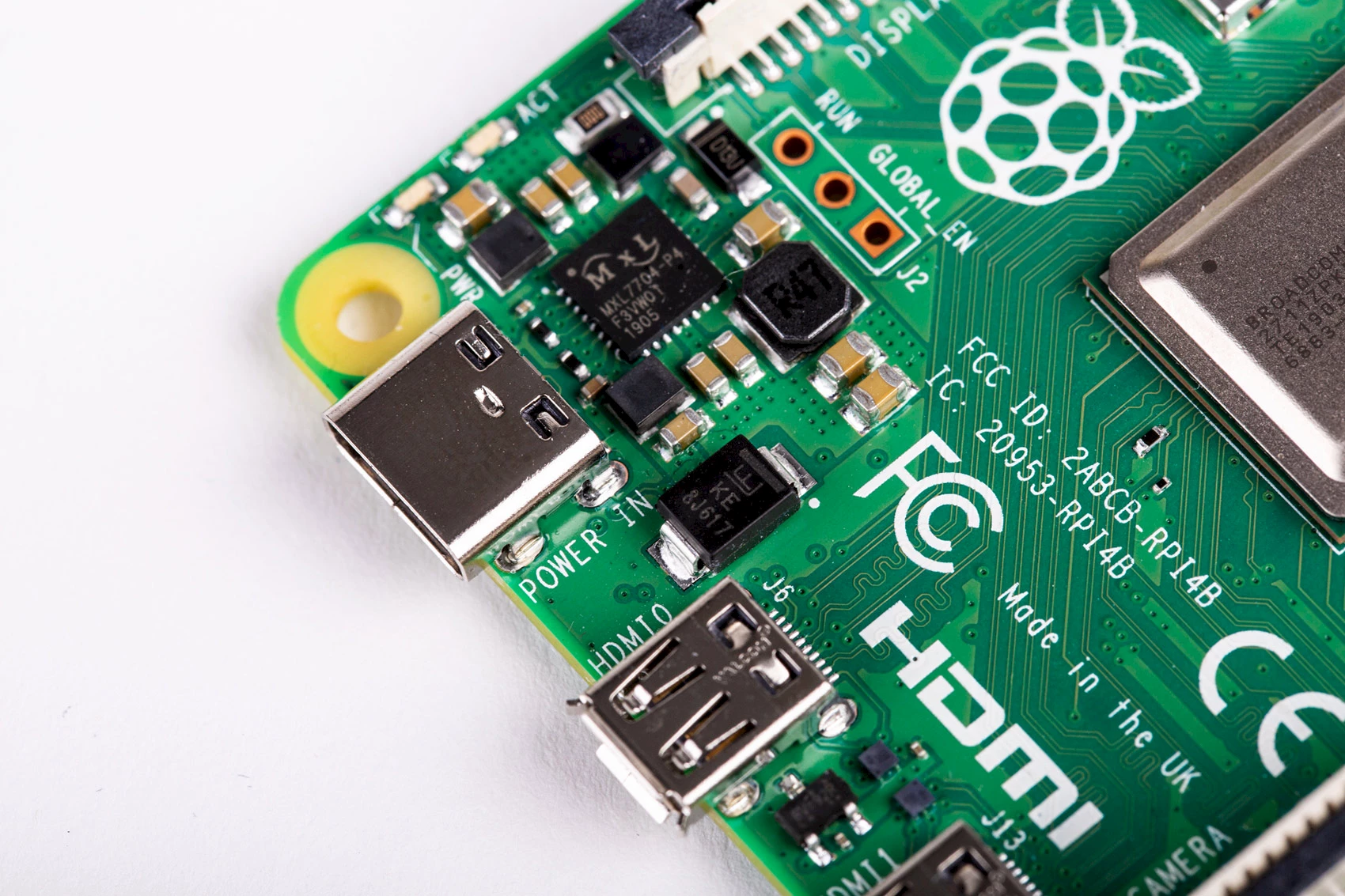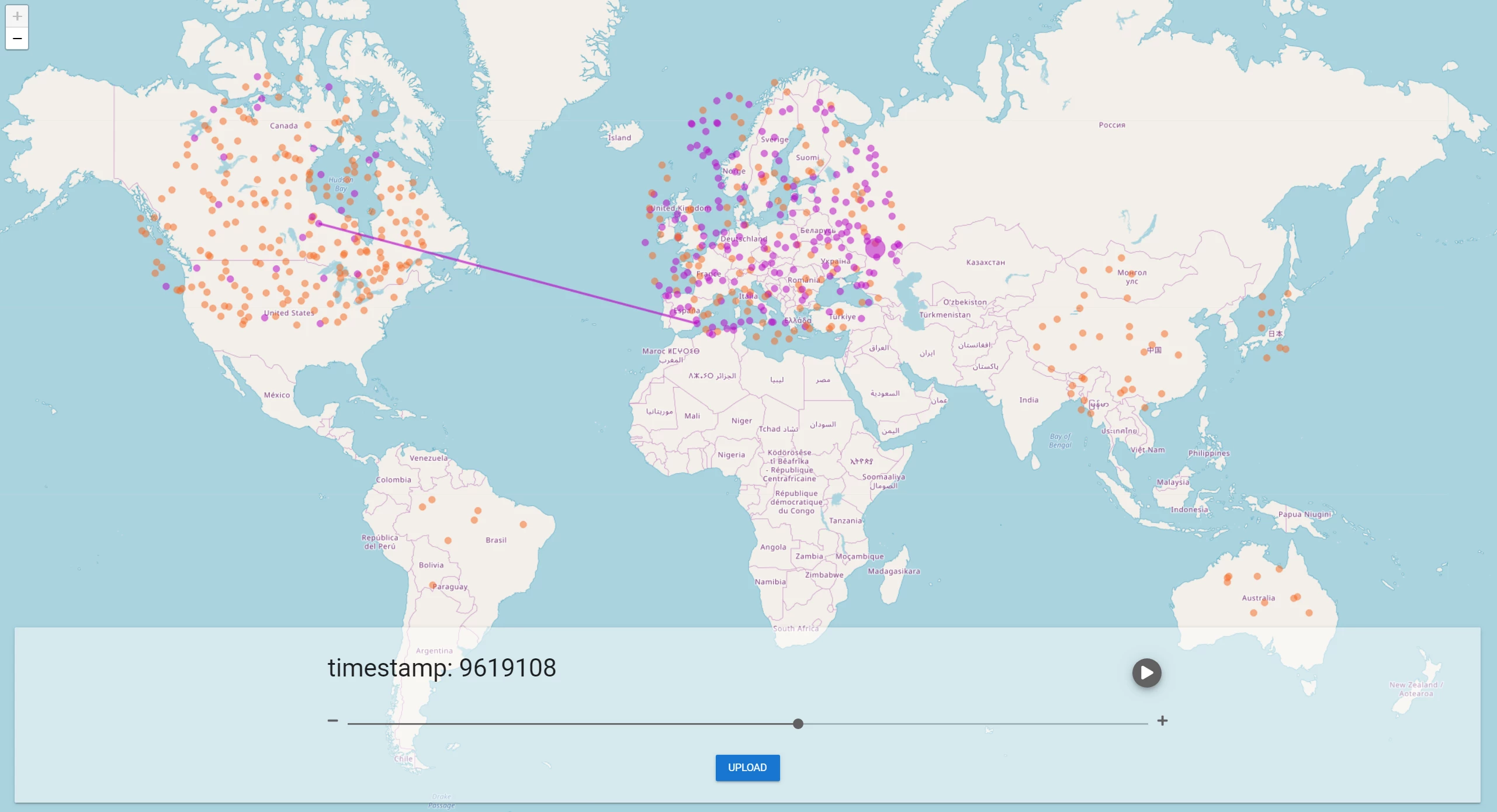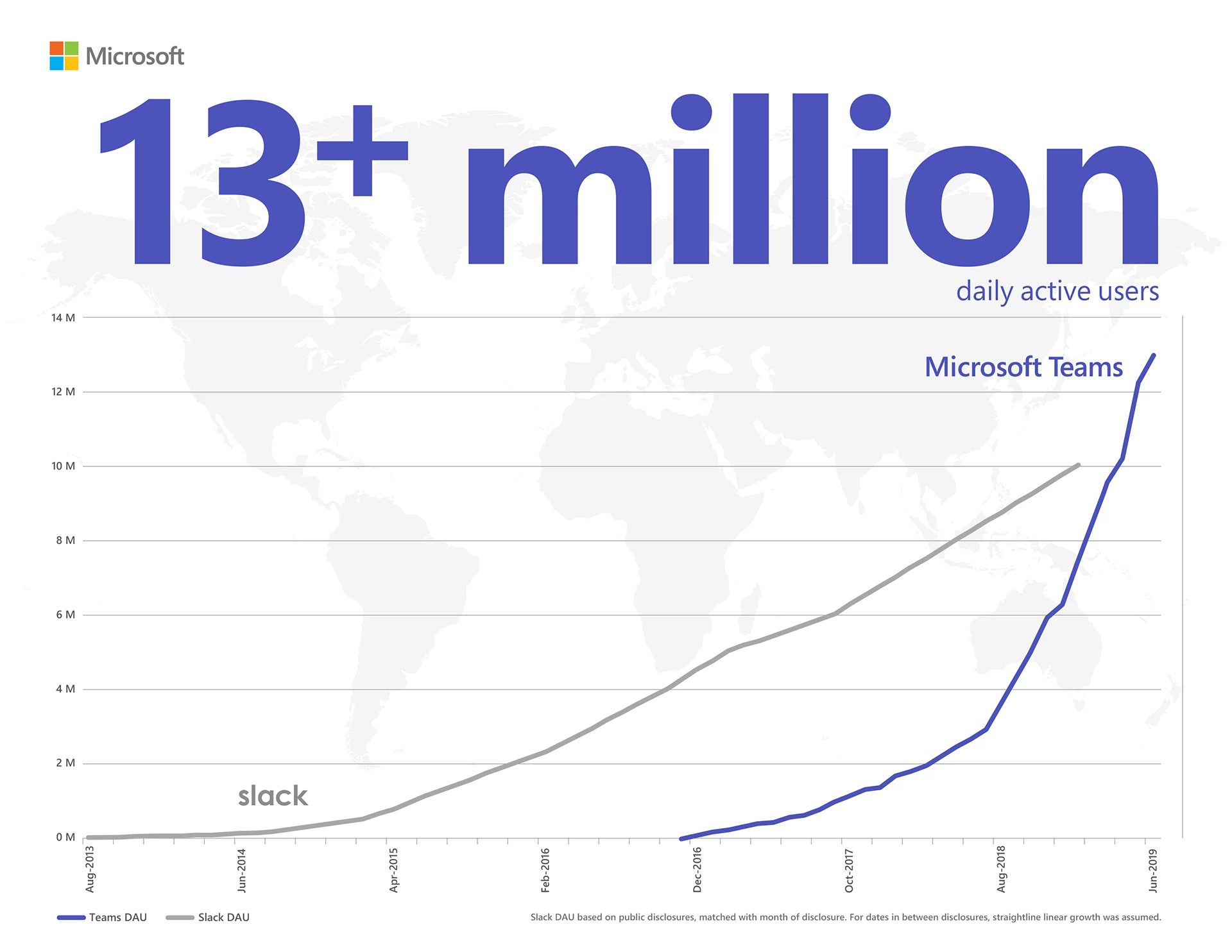Weekly Tech Recap - № 224 - Switch Lite, non-compliant Pi 4 USB-C, drone graffiti, blockchain sim, Teams vs Slack

Nintendo Switch Lite

Switch Lite. © Nintendo.
Nintendo unveiled a more affordable version of its Switch gaming console, which has sold more than 35 million units. Called Switch Lite, it’s for mobile use only (it can’t be plugged into a TV) and costs USD100 less than its older sibling. Also, Joy-Con controllers are built-in. Its screen is a little smaller (5.5 inches vs 6.2) but has the same resolution of 720p. Nintendo says there is no difference in performance between the two models and you can still use the same accessories with the Lite, including the Joy-Con and Switch Pro controllers, as well as the Poké Ball Plus. The Lite, available September 20, will come in several colors — yellow, gray and turquoise, and later in special editions such as Pokémon Sword light gray.
We also learned fortuitously that the original Switch would get an update to its SoC and new flash NAND storage chips. Asked about this information, a spokesman for Nintendo responded “We have nothing to announce on this topic.”
⇨ YouTube, “First look at Nintendo Switch Lite: a new addition to the Nintendo Switch family.”
⇨ Circuit Breaker, “Nintendo is updating the original Switch with a new CPU and storage.”
⇨ Circuit Breaker, “Nintendo Switch Lite is a smaller, cheaper Switch built exclusively for handheld play.”
Non-compliant Pi 4 USB-C

Pi 4 Model B. © Raspberry Pi Foundation.
Mistakes happen to the best of us… With the all-new Raspberry Pi 4 Model B, the power connector has evolved into a USB-C (instead of a USB micro-B) because the new SoC is more energy-hungry. Unfortunately, there was a bug in the execution. People realized that the Pi 4 did not work with some chargers, especially the MacBook’s. Tyler Ward, a Southampton engineer, studied the mini-computer schematics and found the flaw in the design. The problem is that the charging port of the Raspberry Pi 4 shares a single 5.1 kΩ resistor between two of its pins, contrary to the official USB-C specification that says that each pin should have its own resistor. This non-compliant design breaks compatibility with high-end USB-C cables that are e-marked. These cables have an electronic chip that negotiates power management, data rates, and more. Since the Pi4 USB-C port is not properly wired, these smart cables will detect the computer as an audio adapter accessory and will not charge it. The solution to the problem is simply to use a charger with a non-e-marked cable, such as the official Pi 4 charger. The Raspberry Pi Foundation says that a new version of the card with a specifications-compliant charging port should be available in the “next few months” — probably after the first batch of cards has been sold.
⇨ The blog of Tyler Ward (aka scorpia), “Pi4 not working with some chargers (or why you need two cc resistors).”
⇨ Ars Technica, “Raspberry Pi admits to faulty USB-C design on the Pi 4.”
Drone graffiti

UFO-Urban Flying Opera. © Andrea Guermani, CRA-Carlo Ratti Associati.
The Urban Flying Opera project, held in Turin, Italy, consisted in collecting small illustrations from the artistic community via an application and then selecting a number of them to paint on a 14x12-meter wall in the empty shell of an old Iveco truck manufacturing factory. Four drones from Tsuru Robotics, partner in the project, painted the drawings during a 2-day event. A safety net was installed a few meters from the wall to avoid any accident involving spectators. One readily imagines how vandals could use this technique to reach previously inaccessible walls.
⇨ YouTube, “UFO — Urban Flying Opera.”
⇨ TechCrunh, “This drone swarm spray painted a jumbo-size graffiti mural.”
Blockchain sim

SimBlock. © Distributed Systems Group (Shudo Lab).
SimBlock is a blockchain simulator developed by Kazuyuki Shudo, associate professor at the Tokyo Institute of Technology, which allows users to easily experiment with the functioning of Bitcoin, Litecoin, Dogecoin and soon, Ethereum. It runs on any computer that supports Java and allows users to change the behavior of the nodes in the blockchain. The changes can be applied to all nodes, to an individual node, or to a group of nodes. SimBlock simulates the network size of a blockchain, the block-generation frequency and the communication speeds, taking into account the bandwidth and latency between six geographical regions. To help users understand the behavior of a network after various changes, the group has created a visualization tool showing communications between the nodes, as well as the length of a chain of blocks. “Though we developed SimBlock for our own research,” Kazuyuki Shudo explains, “we decided to make it publicly available as open source so that other researchers can use it and so help accelerate blockchain research.” The code and documentation are available on GitHub.
⇨ IEEE Spectrum, “Open-source tool lets anyone experiment with cryptocurrency blockchains.”
Teams bigger than Slack

Team vs Slack. © Microsoft.
Launched in March 2017 to compete with Slack, Microsoft Teams has just overtaken its rival. Microsoft has announced that Teams has more than 13 million active daily users, compared to about 10 million for Slack. The amount rises to 19 million when looking at weekly active users. And more than 500,000 organizations use the service. Great performance for the Redmond giant!
⇨ Ars Technica, “Microsoft Teams is now officially bigger than Slack.”
